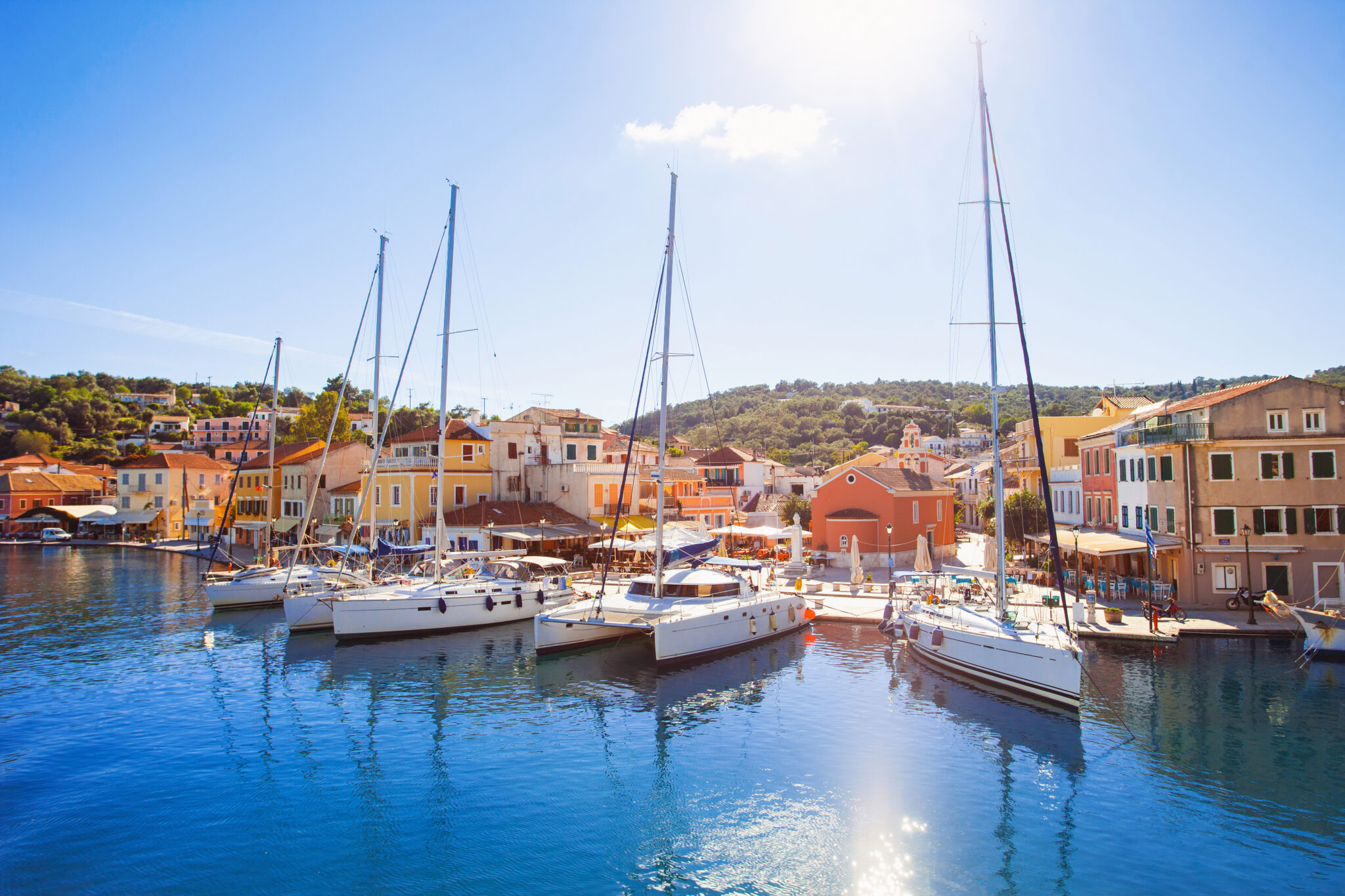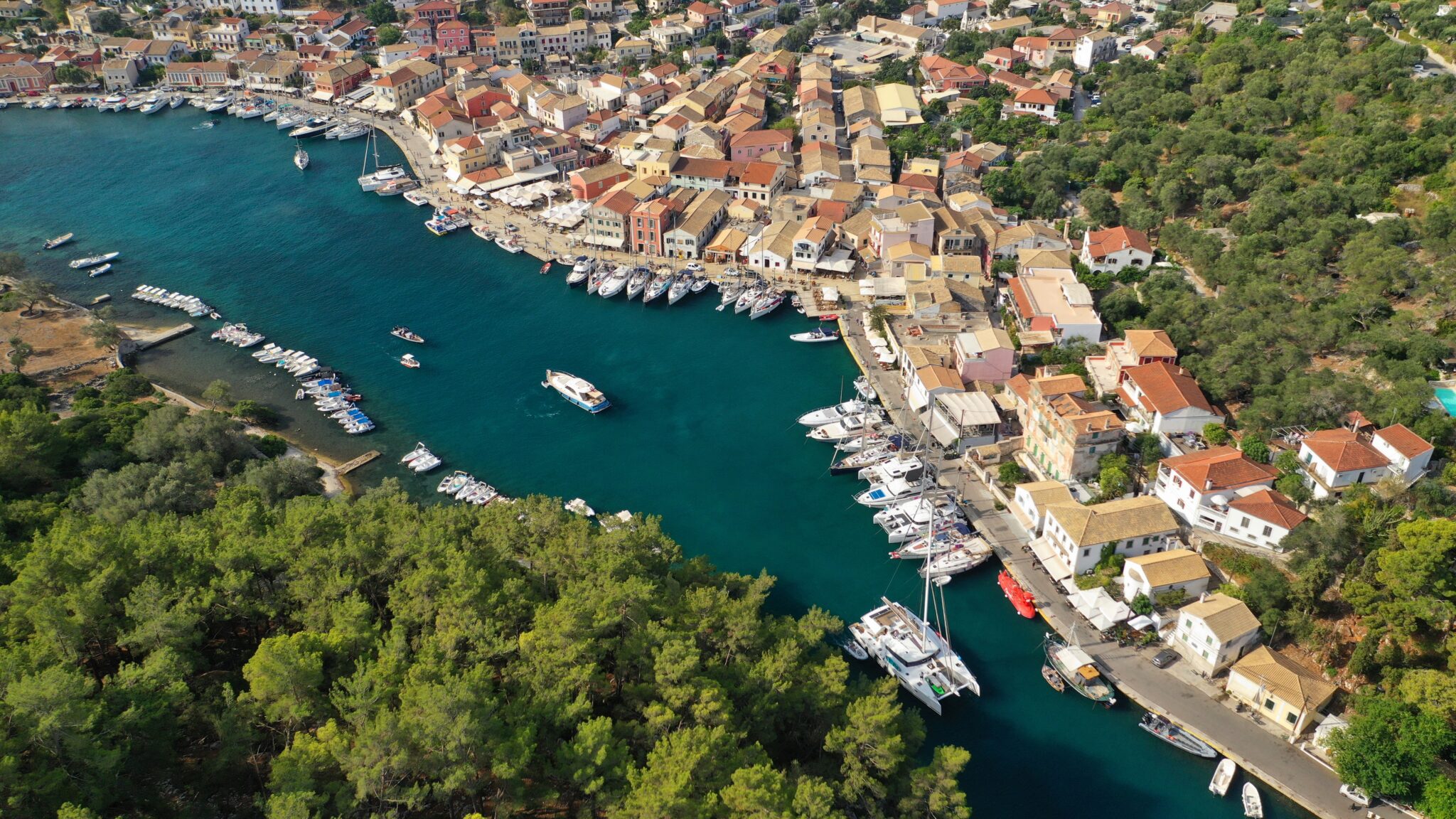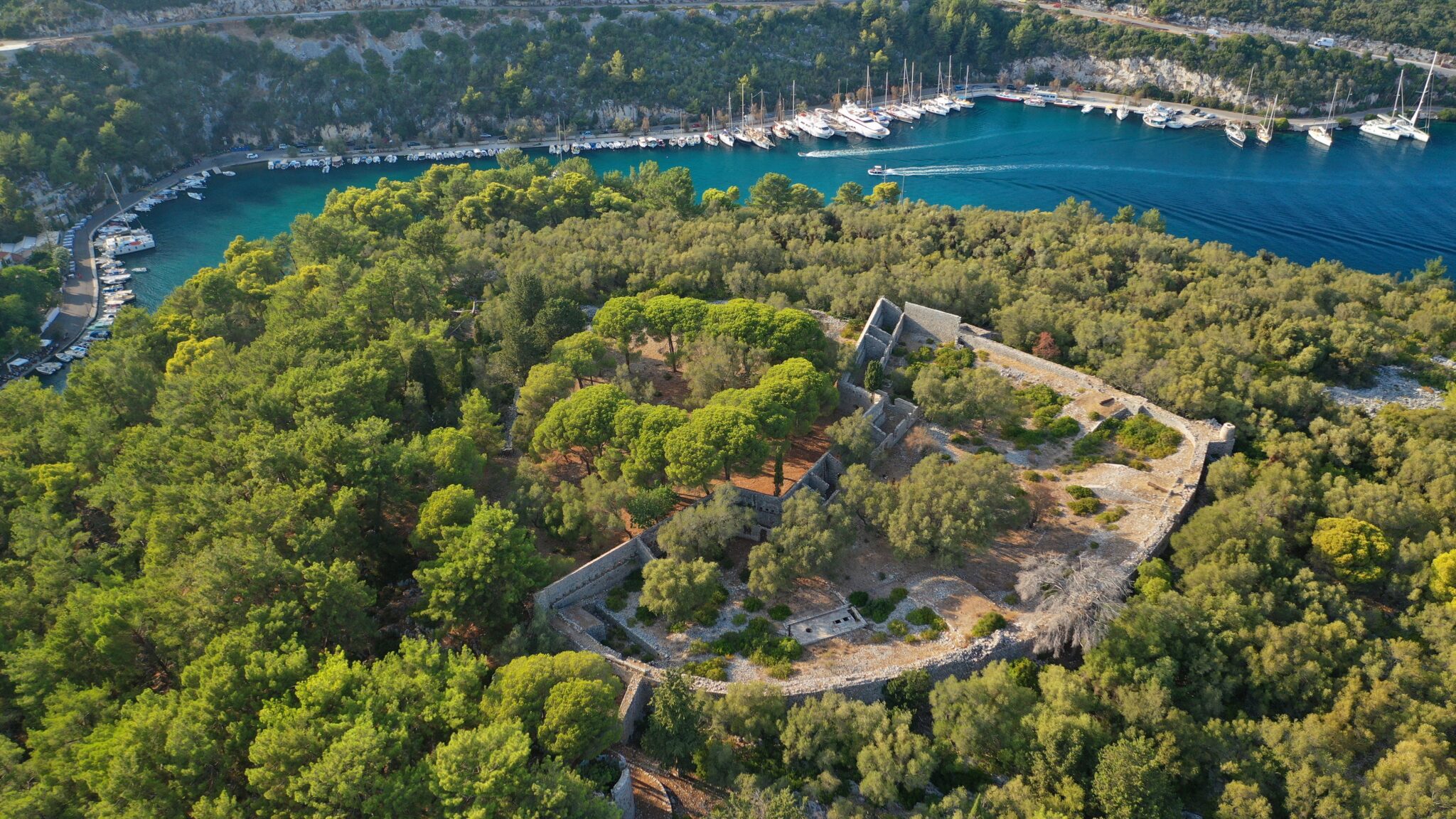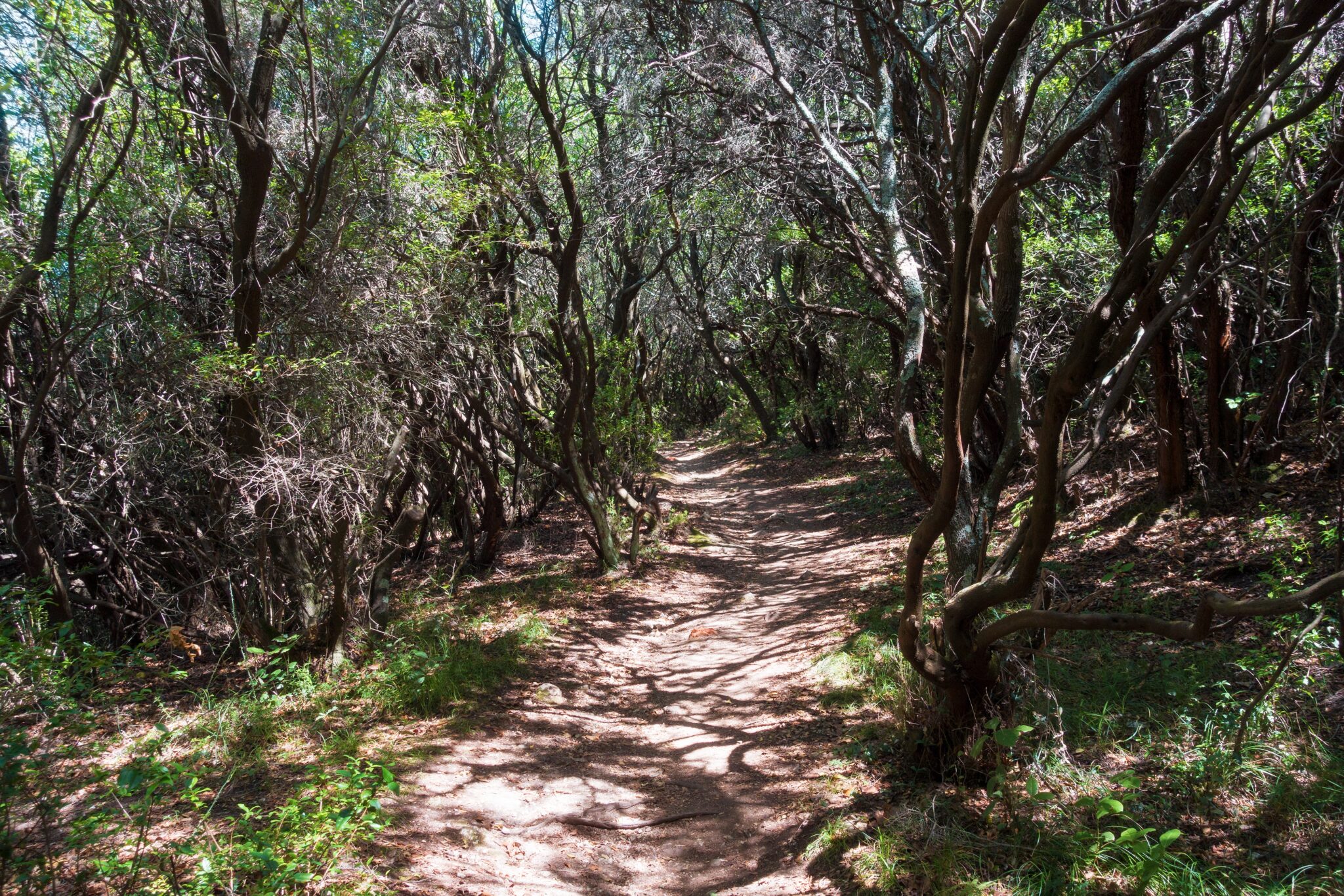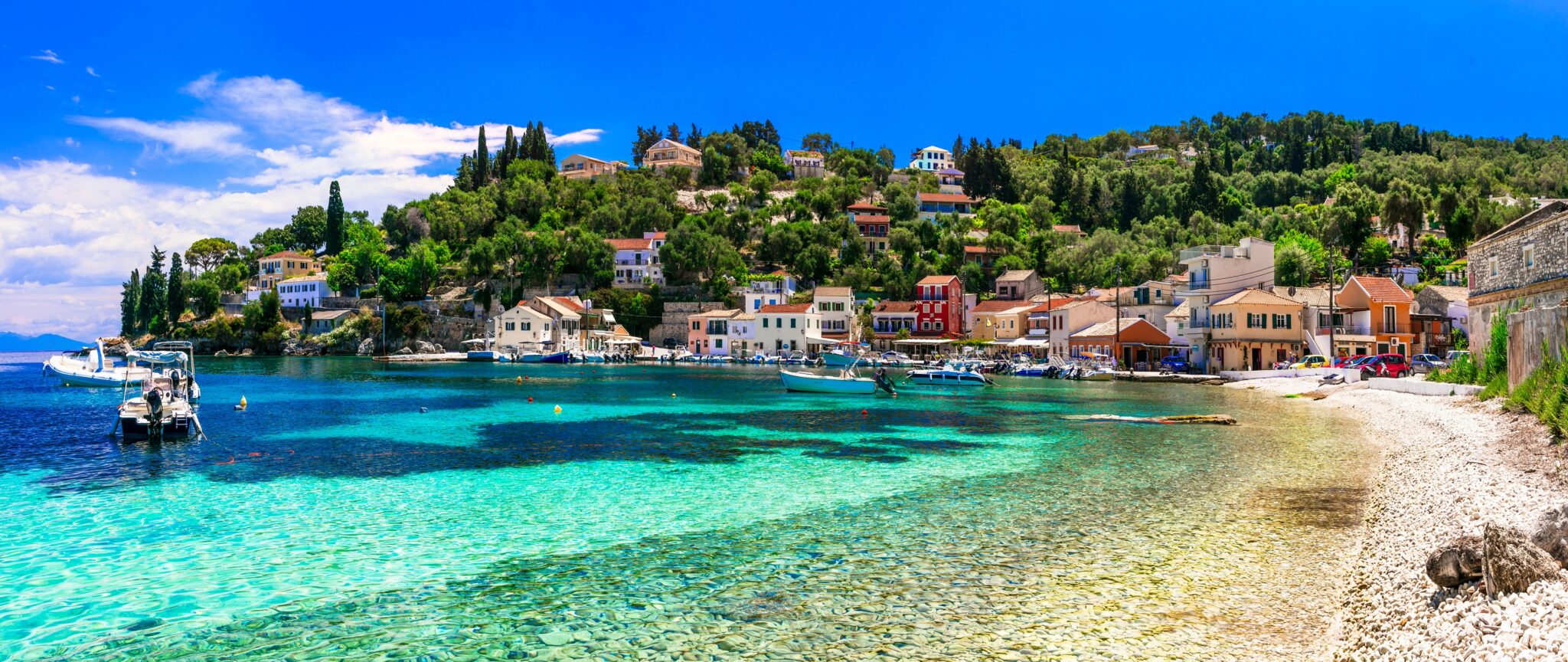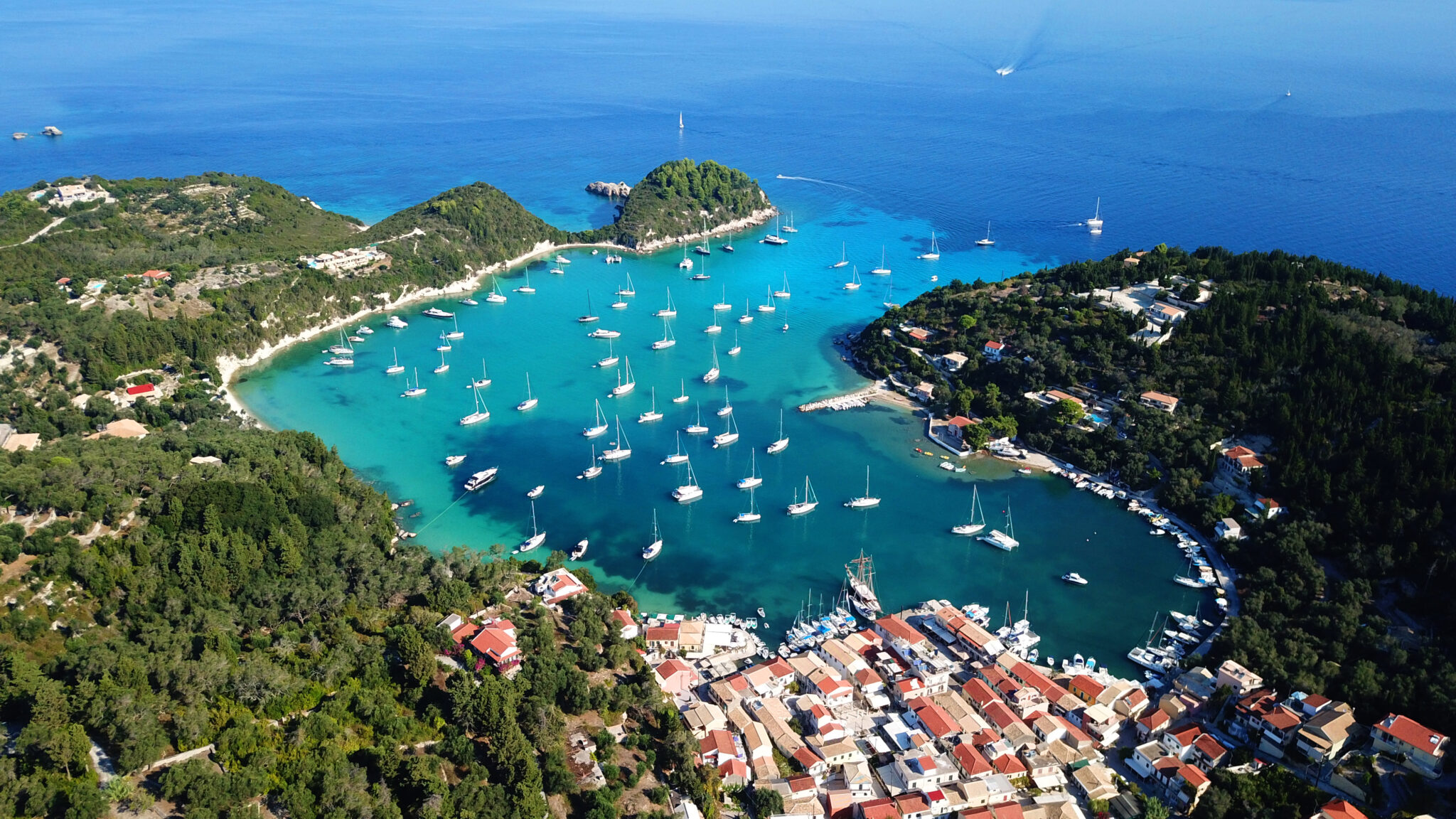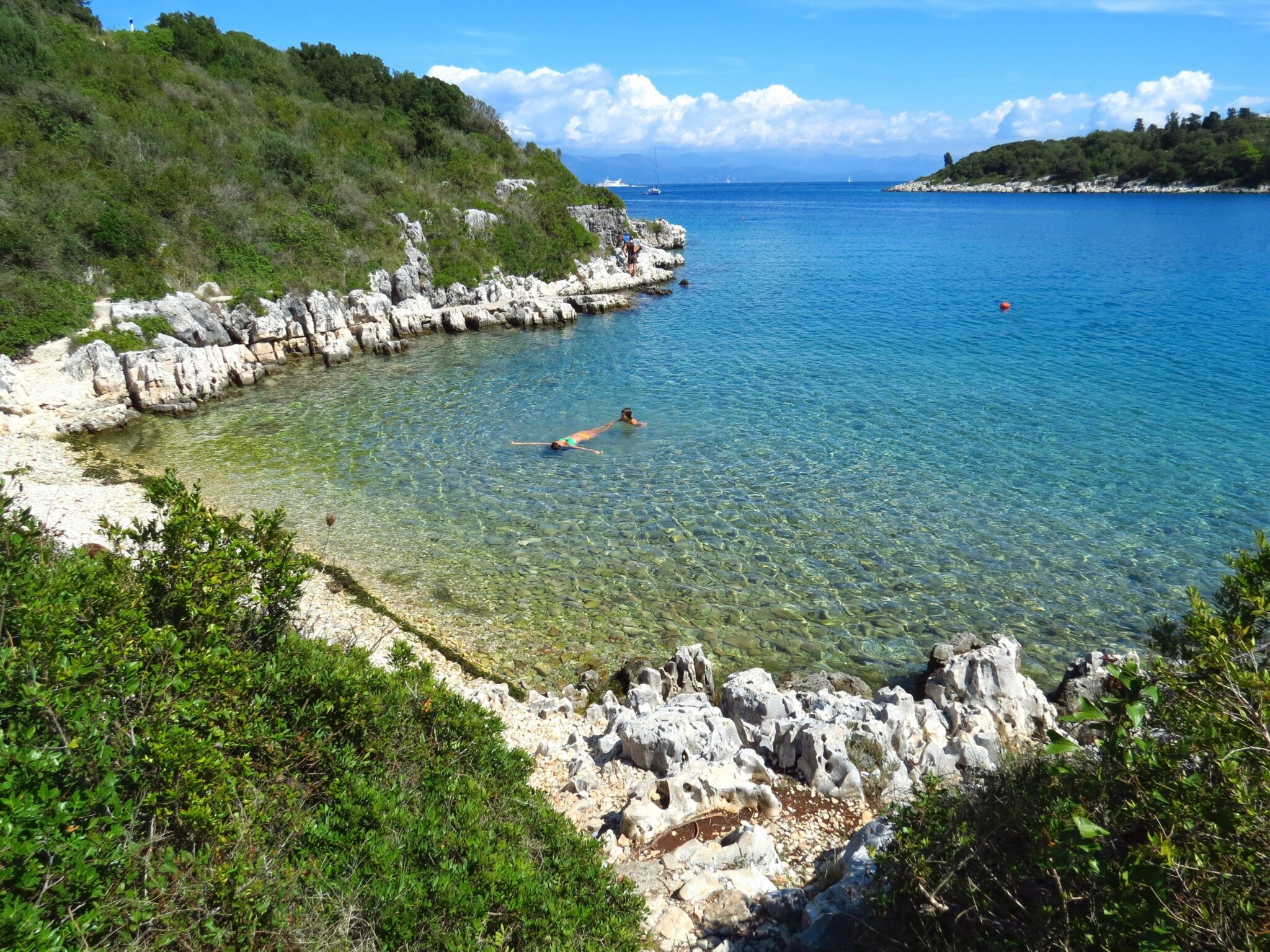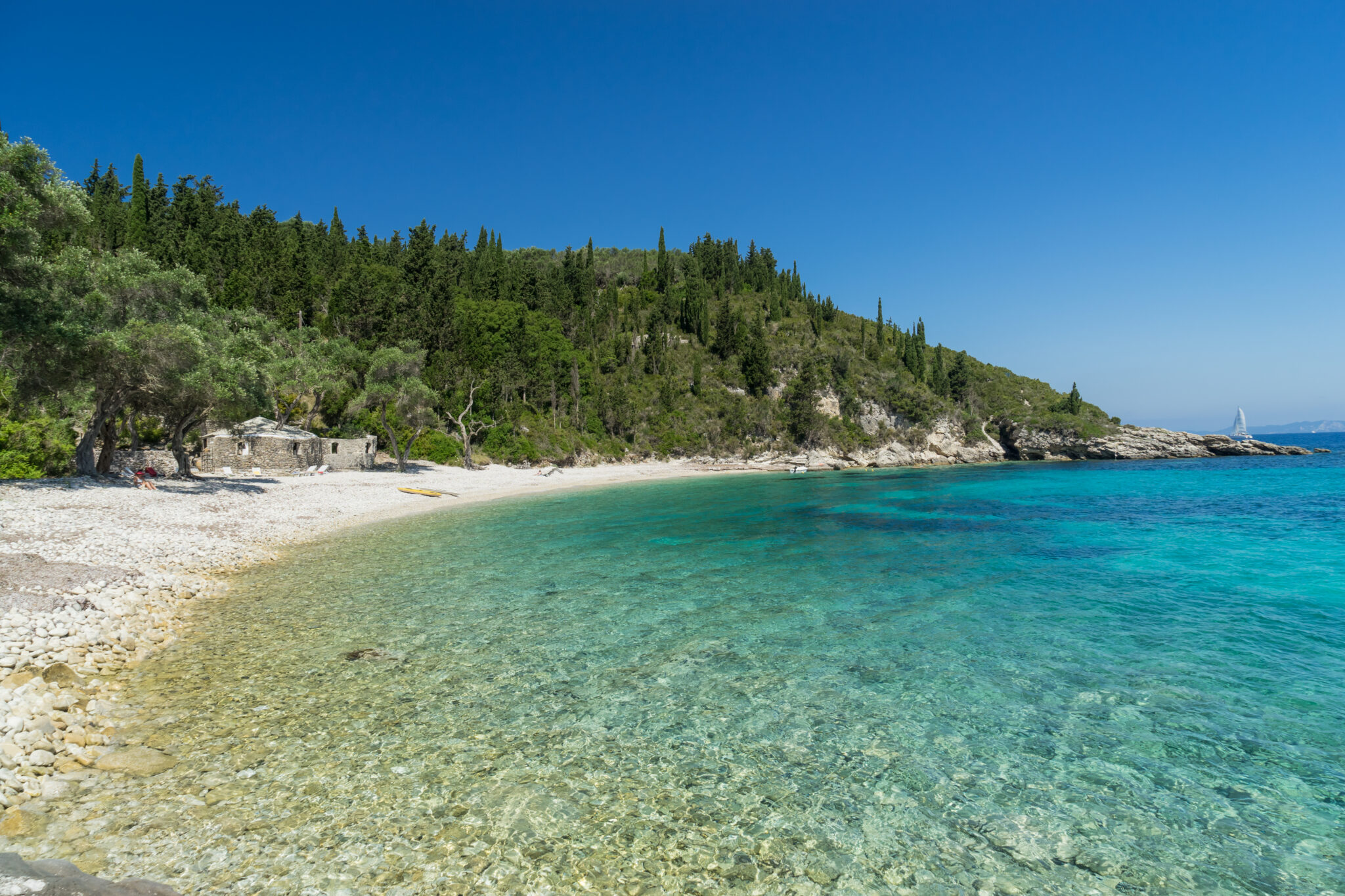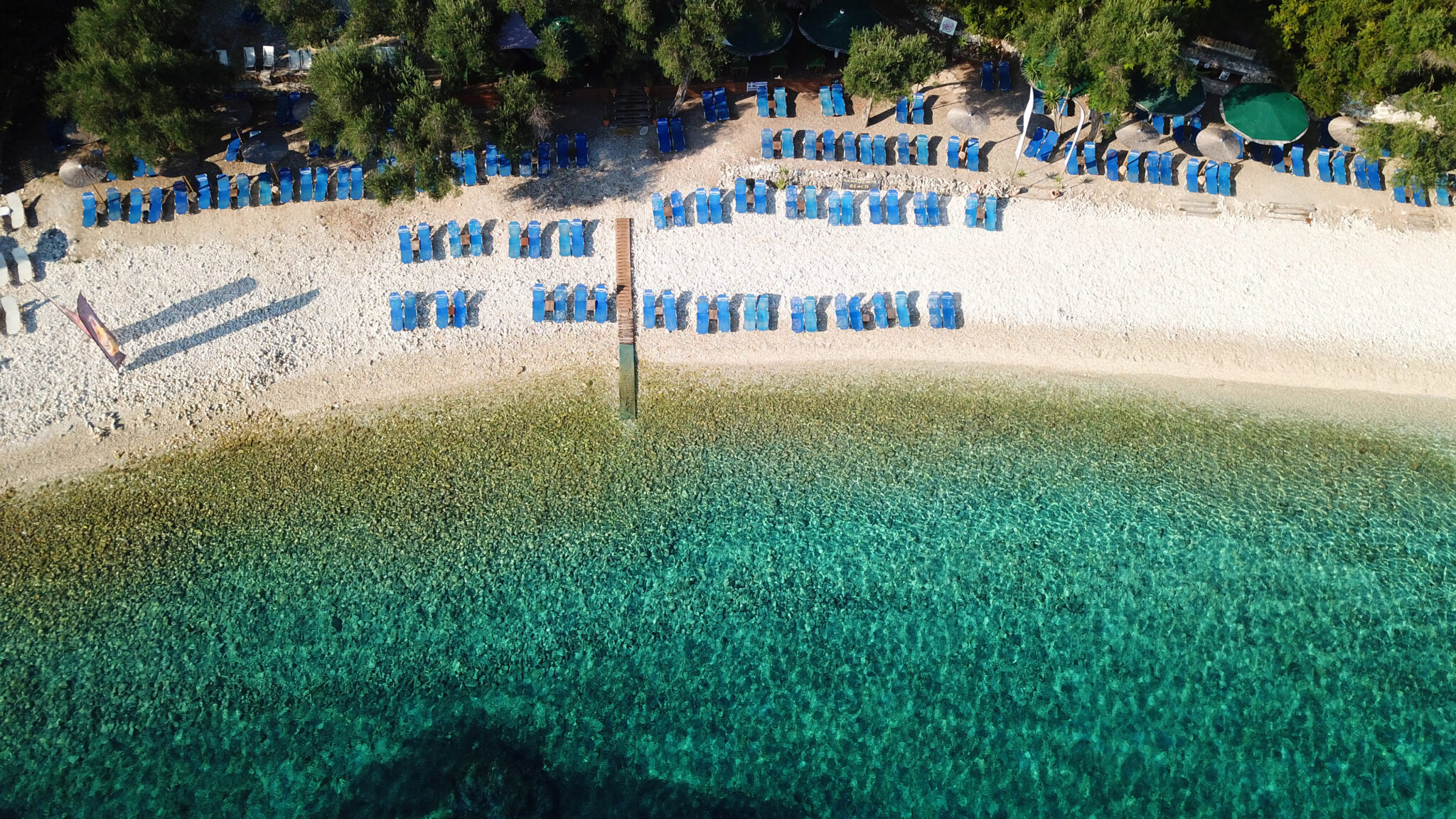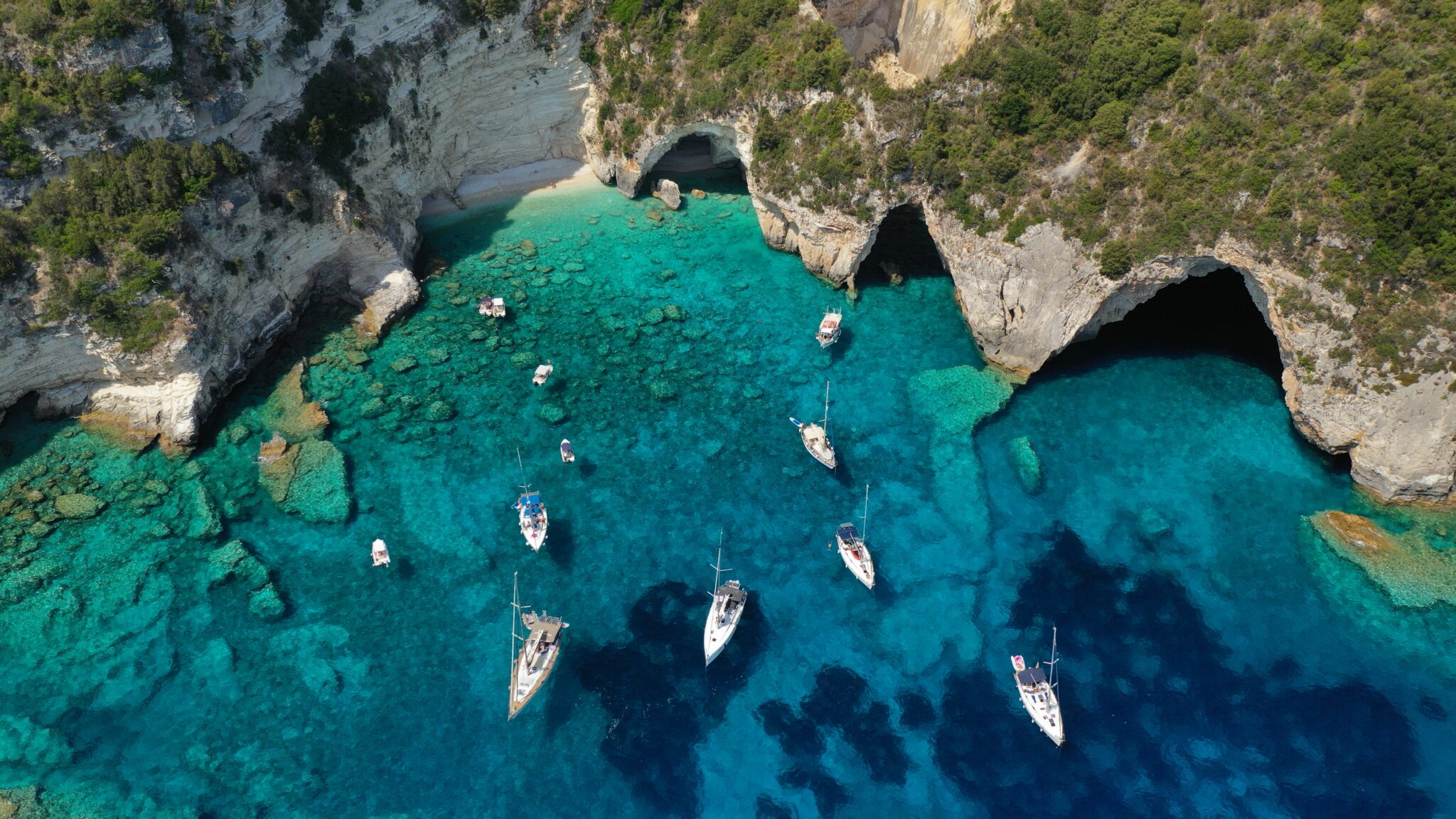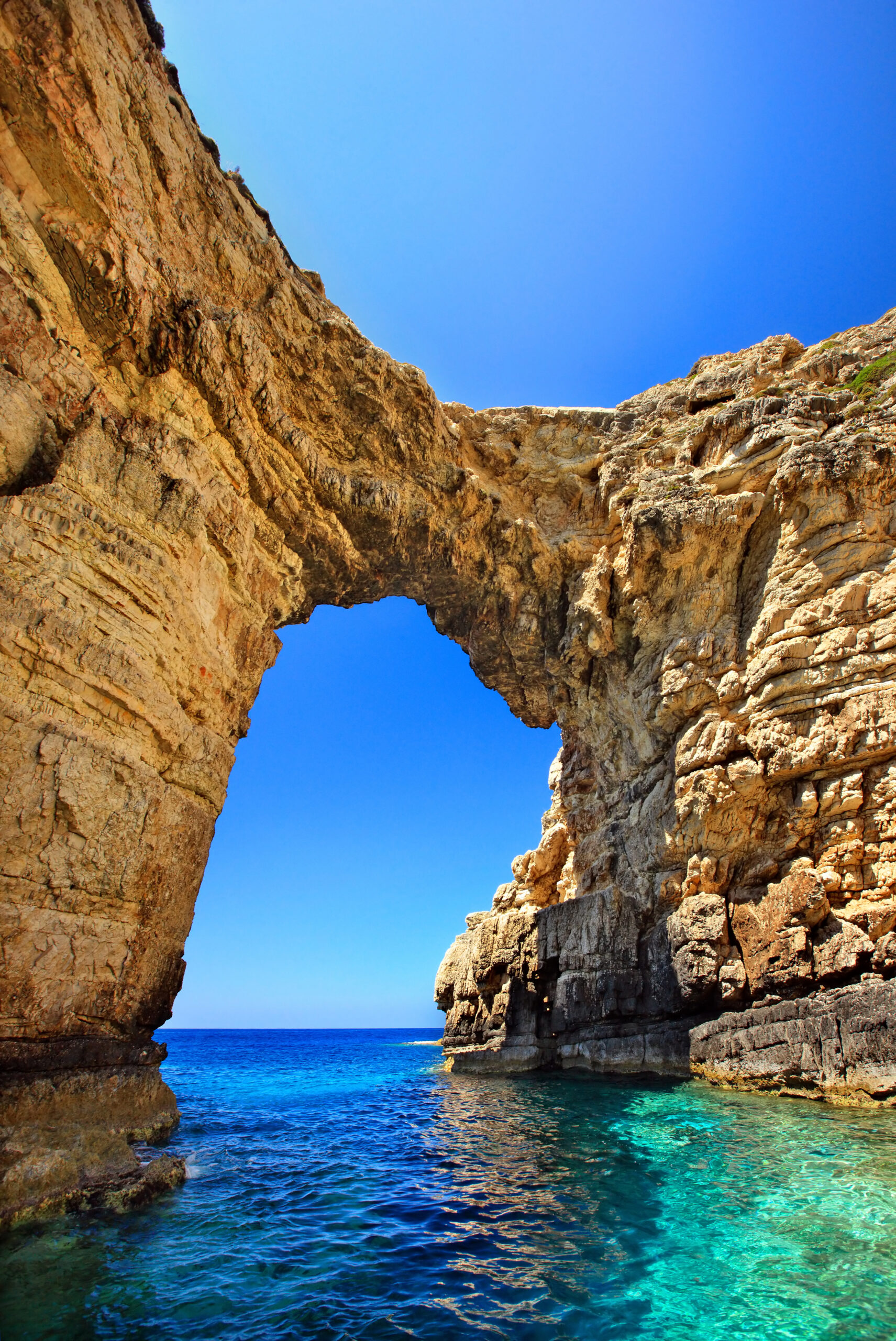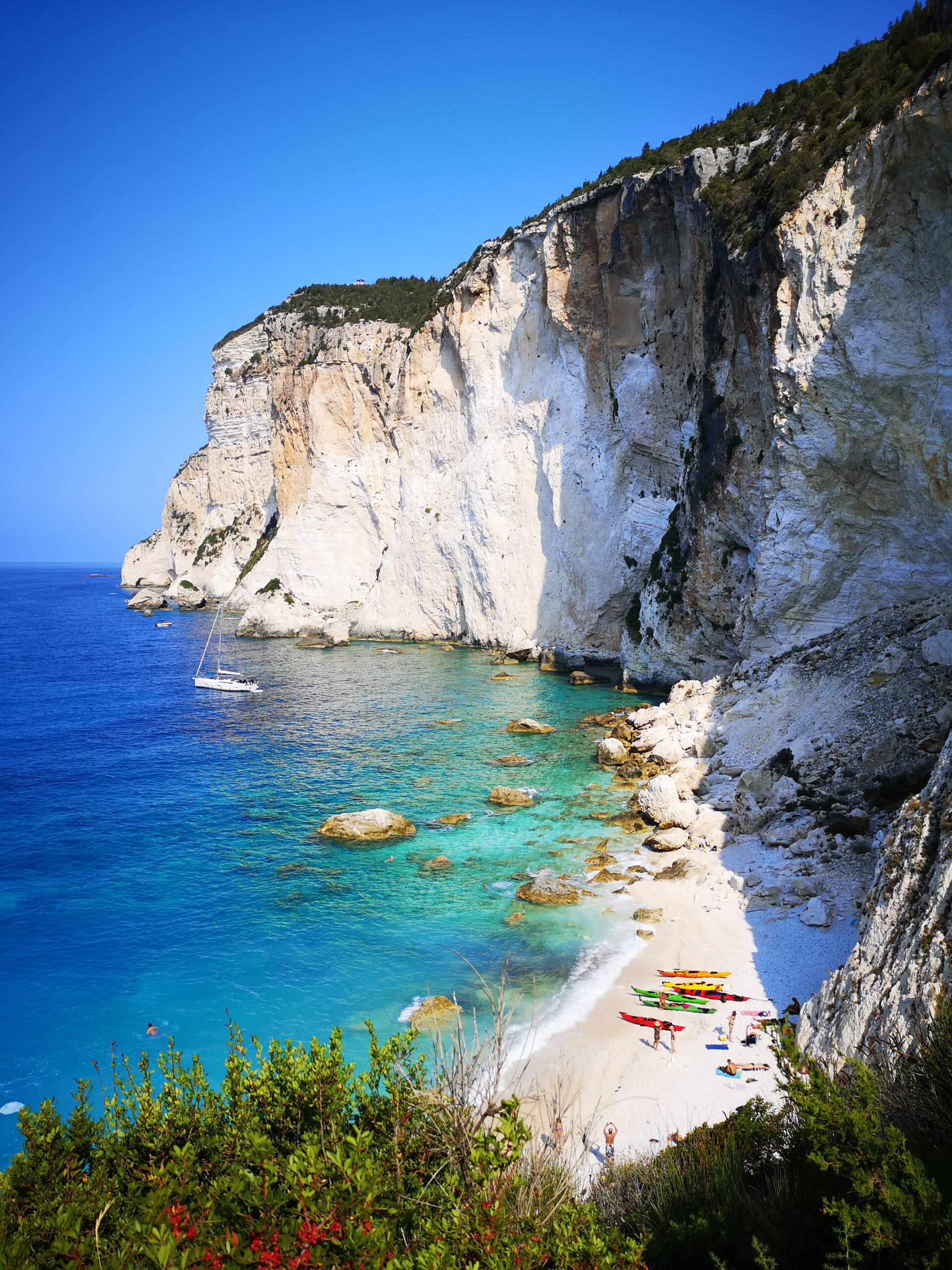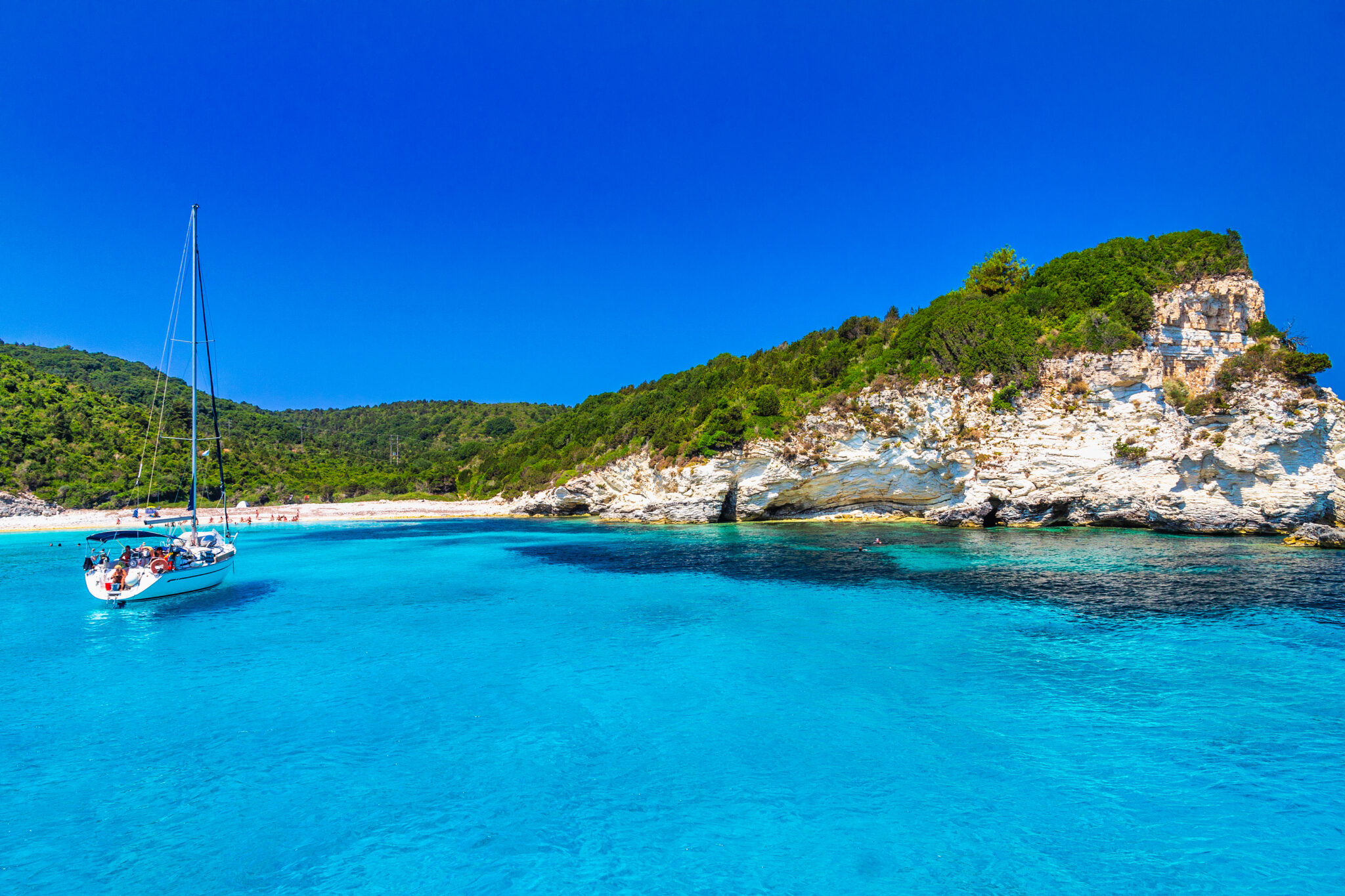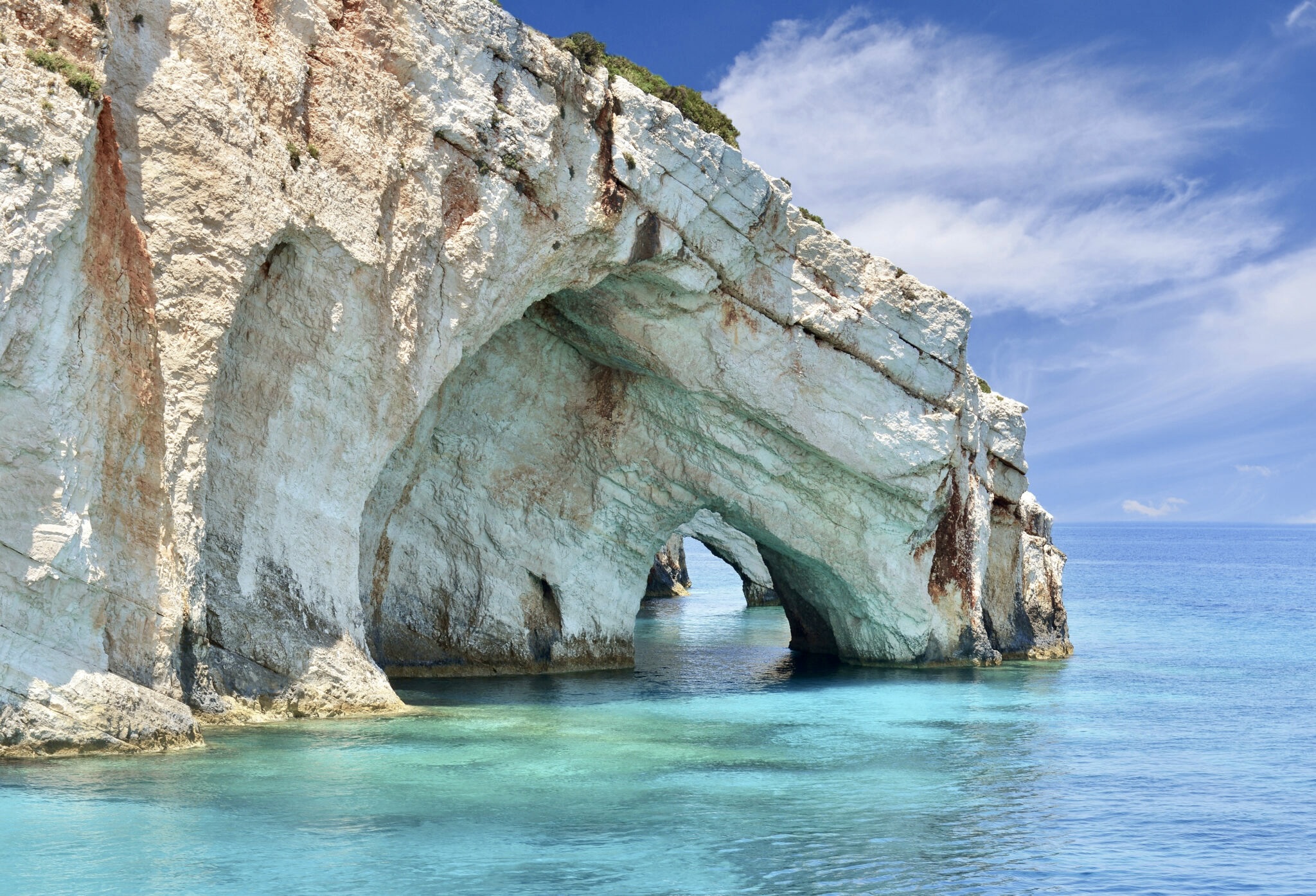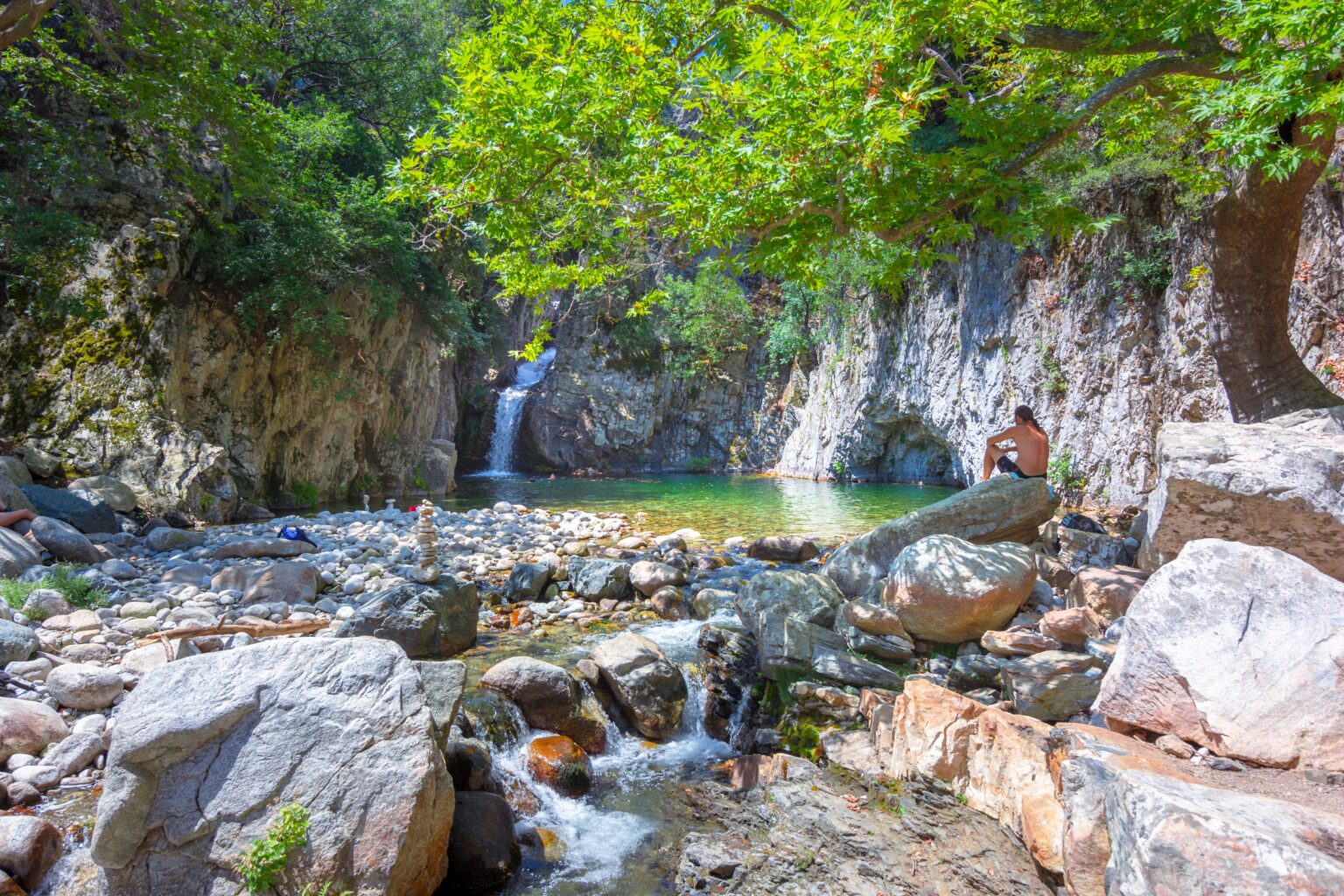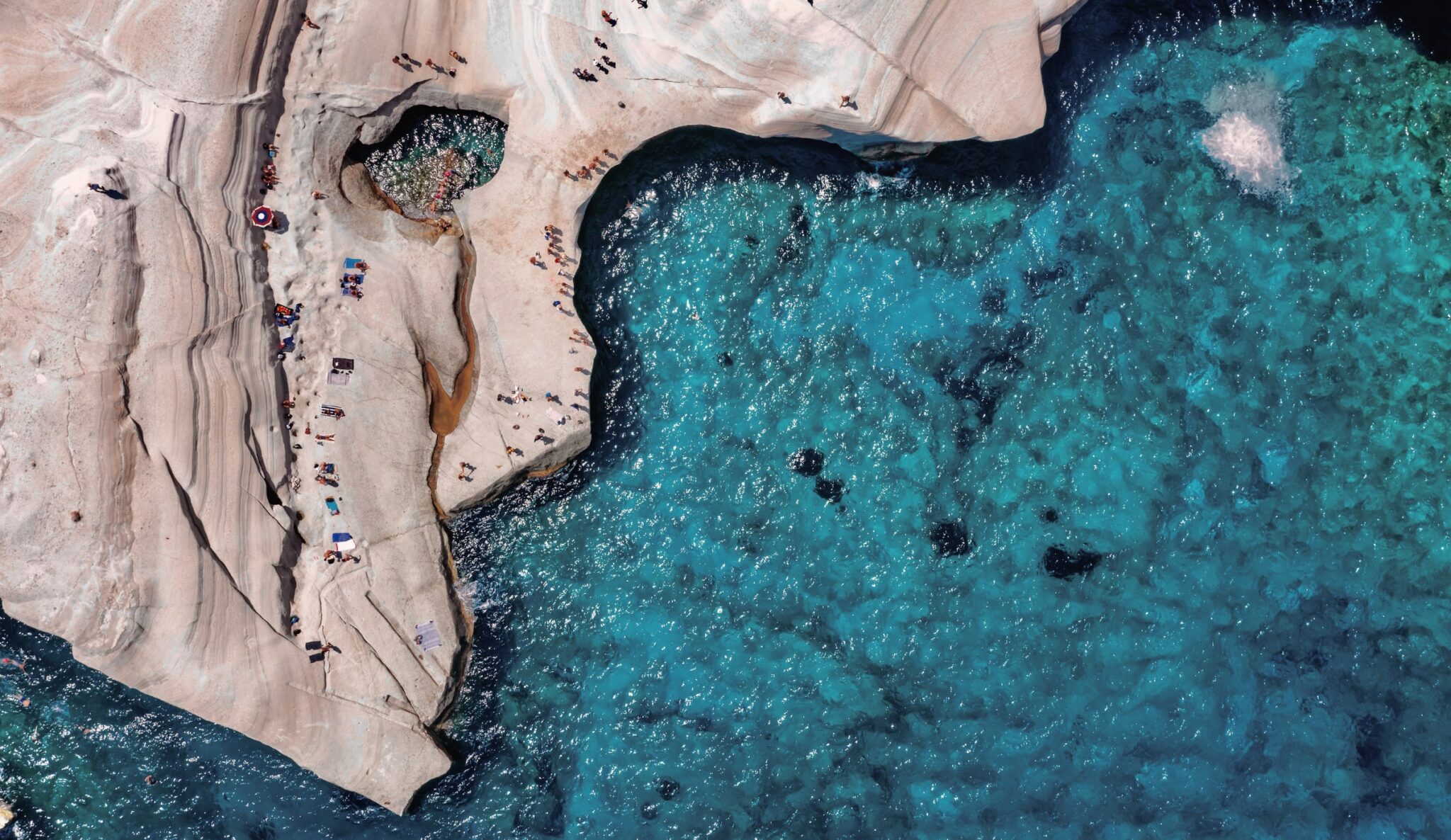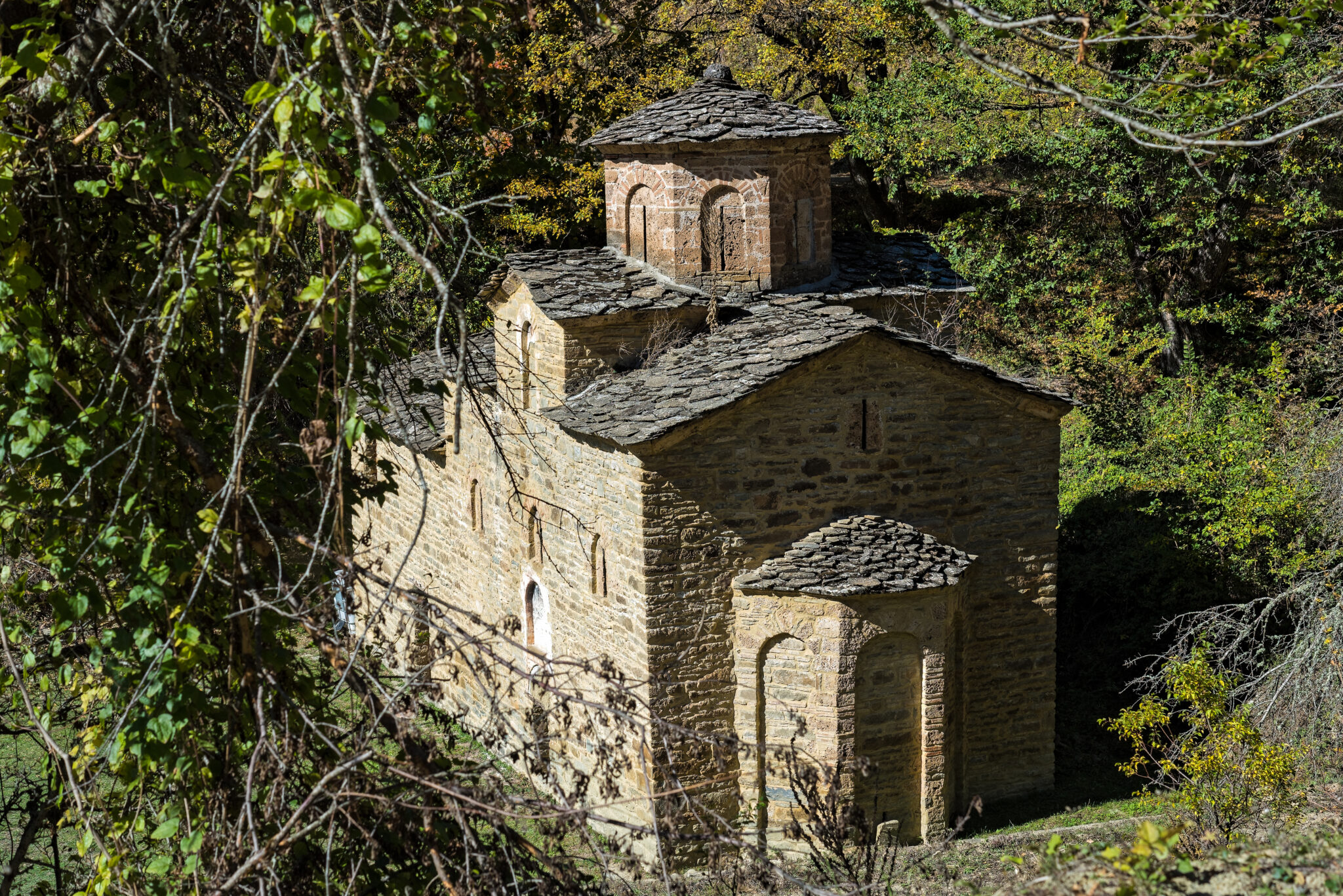Paxi, a tiny group of islands with lacy coastlines, coves with deep-blue waters, sea caves, landscape of rugged beauty, and an exquisite atmosphere, are an ideal destination for holidaymakers seeking relaxation in nature.
The first time I visited the Paxi islands I was a ten-year-old tomboy with teeth that were too big for my smile and boundless desire for adventure. I had put aside my children’s books and just started reading classic literature. On that holiday, during an August way back in time, I was accompanied by “Robinson Crusoe” for reading company. Author Daniel Defoe’s detailed descriptions of the remote tropical island and adventures of the castaway protagonist had set my imagination alight. In real life, as soon as I saw the Paxi islands in the Ionian Sea I was completely taken.
Since that first impression, many years have elapsed, numerous books have been read, and there have been plenty of return visits to beautiful Paxos and exotic Antipaxos. Every time I return to these green dots of land, all those stories and captivating places I experience through my books come to life. This, however, is not the only attraction. The lacy beaches with rich vegetation and turquoise waters, the impressive sea caves and steep rock formations may be the features that initially impress and attract most visitors to this exquisite part of the Ionian Sea, but what ultimately drives you to keep coming back is a very unique sense of intimacy the small islands exude from the very first moment your boat enters Gaios, the main port of Paxos.
Gaios, the port and capital of Paxi
Hidden behind the tiny and lush islets Panagia and Agios Nikolaos, Gaios, the picturesque port of Paxi, features typical Ionian Island architecture, houses coloured salmon, various shades of ochre, or Bordeaux-red, with ceramic roof tiles and dark green window and door frames. A stone’s throw away from Paxos, lush Agios Nikolas forms a natural canal, a peaceful inlet, where many small boats find refuge. The pier, Venetian-era square and charming cantons of Gaios offer an ideal setting for endless summer strolls in the daytime or evening hours.
The Folk Art Museum, housed at a superb neoclassical building from 1905, is a key attraction. It covers a period ranging from pre-historic times to World War II, and also showcases the Ionian Parliament’s resolution in 1864 uniting the Ionian Islands with Greece. It is definitely worth visiting Agios Nikolaos, a lush, uninhabited and tiny islet, where the walls of a 15th century Venetian castle, designed by Leonardo da Vinci, remain standing and are well preserved. The even smaller islet Panagia hosts the Panagia Vellianiton monastery, built over the remains of an early Christian church. The faithful gather here every August 15 (Dormition of the Virgin or Assumption of Mary) for one of the biggest panigyria (church-centered celebration) of the Ionian Islands.
Exploring paradise
It is widely believed that the beauty of the Paxi islands is exclusively offered by the beaches, but this view, erroneous, overlooks many other unique and beautiful aspects of this small but remarkable location. Despite the rocky terrain, the Paxi islands host oak, pine and cypress trees all over, as well as countless tall olive trees, a species brought over by the Venetians.
The size and landscape of the Paxi islands make them ideal for trekking. An extensive network of trails, running mildly without steep sections, runs through olive groves with gigantic centuries-old trees, as well as through small, lesser-known settlements. The trails enable visitors to see the other side of the islands, one of lush settings, including dense areas that would have remained out of reach without the trails. If you want to explore the Paxi islands but are not keen on trekking you will need a vehicle, despite the limited size of the islands.
Besides Gaios, the port, Paxos has three other distinct villages, Magazia, Lakka and Loggos. Situated at the centre of the island, Magazia, a tiny place, once served as the island’s capital, when coastal areas were susceptible to pirate invasions. Slightly beyond the village, an old olive press from the 18th century has been transformed into an olive museum showcasing the importance of olive and olive oil production for the island. Following your visit to the museum, settle at a table at Bournaos, a traditional kafeneio offering a shady garden, for a well-made Greek coffee. Take in the olive and cypress tree aromas and keep your ears open for the singing of the birds.
Loggos, a traditional Ionian island village with a lush small port just 5 km from Gaios, is renowned for its charming tavernas serving fresh fish and seafood. From Loggos, small boats offer daily excursions to the impressive sea caves and beaches of Paxos, as well as to Antipaxos. An old soap factory, Anemogiannis, which once employed hundreds of workers, still stands at the edge of Loggos’ port. This abandoned yet imposing stone building has been revamped and nowadays hosts art exhibitions and other cultural events.
Situated a little further north, Lakka, lying deep within a weather-protected bay, offers special beauty and is covered with olive and cypress trees. It is a favourite mooring spot for yachts. This seaside settlement has a small number of traditional stone houses, narrow alleys, and a charming main square. Slightly beyond the settlement, check out a dilapidated fortress and a superb stone lighthouse from the 19th century, offering a magical view.
Beaches
If wondering where to go swimming on the Paxi islands, the answer is “anywhere”, literally. The waters at these islands, transparent and turquoise, are irresistible. On that first childhood visit of mine, they gave real dimension to Defoe’s vivid descriptions of the exotic island I was reading about. The Paxi islands offer numerous beaches and countless spots where the magic of the sea can be enjoyed. Most of Paxos’ beaches – or spiatzes, as they are called by locals – that can be driven to are located on the east side of the island. They are small and pebble-covered.
At the northernmost section of Paxos, Harami beach, part of Lakka bay, features transparent, turquoise waters and olive trees, virtually all the way to the water, offering superb shade. Lakka bay is sandy and well protected from the winds, enabling relaxed swimming to the sound of cicadas, while you take in the salty scent of the sea and warm colours offered by the olive and cypress trees. Close to Lakka, Orkos, one of the most renowned beaches of the Paxi islands, can be easily reached via a superb trail running through dense forested land. The beach, itself, is densely vegetated, covered with white pebbles, and offers deep, blue pool-like waters. Keep in mind that this beach is not serviced, so do take along water and snacks.
Slightly south, Monodendri is one of the few serviced beaches to be found on the Paxi islands. It is beautiful and offers superb waters. Visitors here are offered umbrellas, sunbeds and a beach bar. Levrehio, Marmari and Kipos are also lovely beaches with crystal-clear waters. They may be easily reached and are perfect for total relaxation and connecting with nature. Kipiadi, the biggest beach of the Paxi islands, is situated close to Loggos and is also easy to get to. Despite its big size, Kipiadi is not serviced. The location is densely vegetated but, even so, offers just a minimal amount of shade at the beach, so make sure to bring along all the essentials.
Kaki Lagada and Kamini are the best spots for swimming close to Gaios. Don’t let the negative implications of their names – meaning “bad valley” and “furnace”, respectively – put you off. On the contrary, both beaches are superb. In ancient Greek mythology, Poseidon, god of the sea, who was madly in love with the sea goddess Amphitrite, struck his trident onto neighbouring Corfu and created these heavenly beaches, among others, as love nests for the pair. Slightly south of Gaios, the small and picturesque Balos beach, easy to reach and quiet, has turquoise waters and is covered with white pebbles. Beach umbrellas are definitely needed here as the greenery by the beach is low and does not offer shady sections.
Just off the southeastern edge of Paxos, the tiny Mongonissi islet, connected by a short 10-meter bridge, can be driven to. This spot is one of the Paxi islands’ few sandy beaches offering shallow waters, superb and blue, making them ideal for children. Mongonissi beach has a seaside café-restaurant where you can stock up on supplies for an entire day at the beach.
Island’s wild other side
Exposed to the winds and waves of the Adriatic Sea, the west side of the Paxi islands is filled with hard-to-reach locations of rare, wild beauty, many of which can only be accessed via the sea. Small boats departing from Gaios and Loggos on a daily basis offer transportation service to these. Sea caves and impressive rock formations seemingly emerge from nowhere, while small bays with sensational turquoise waters feature one after the other.
The imposing Tripitos arch, a rock formation, is breathtaking, while the impressive, pristine Galazio beach is one of the most tranquil swimming spots you could ever wish for. Swimming at Ahai, the Ypapanti cave, Kamara and Galazies Spilies when the sunrays pierce their way into these sea caves, shortly after midday, is a jaw-dropping experience. The naturally sculptured rocks here are sensational. Make sure to be at Erimitis beach before sunset. This beach, which came from out of the blue relatively recently, in 2008, as a result of a landslide, is now a main attraction.
Excursion to Antipaxos
There are few places in the world where, upon arrival, you feel as if you have found paradise on earth. The small island Antipaxos is such a case. Devote one of the first days of your holiday to Antipaxos, sparsely populated. This island is mesmerising and you will most probably want to go back to it before your holiday has ended. Antipaxos has vast vineyards and three amazing beaches, Voutoumi, Vrika and the less-known Rodovani.
Local cuisine
As could be expected, the gastronomy on the Paxi islands is dominated by fresh fish and seafood, as well as local olive oil, honey and wine. The local cuisine carries many Venetian influences, as is also the case with neighbouring Corfu. Dishes such as pastitsada (pasta topped with meat braised in a spicy tomato-based sauce), sofrito (beef stew) and bourdeto (spicy fish stew) are among the most popular traditional recipes of Paxi islands. It is definitely worth trying the savouro (fish marinated with raisins, garlic and rosemary), the pateliorizo (barnacle pilaf), turtle dove with artichokes and broad beans, as well as the tsiligourdopita, a traditional Paxi islands recipe made with pluck.
The taverna Paxoimadi (+30 26620 33098), in Lakka, at a lovely alley by the beach, serves delicious dishes under the refreshing coolness of a grapevine. Whether choosing meat or fish dishes, they are all superb, while the menu also includes many vegetarian dishes. For delicious, freshly prepared comfort food, head to Nionios (+30 26620 31315), slightly below, at Lakka’s main square. This eatery is housed at a renovated two-storey building with a sheltered yard space. Also in Lakka, the Stasinos restaurant (+30 26620 31924), offering a charming and quiet yard, serves exceptional dishes, filled with taste and quality. It is best to reserve a table here as they can be hard to find during peak season.
At Bogdaniatika, Thymari restaurant (+30 6979 334215) serves creative and delicious Greek cuisine at a cool garden. The restaurant maintains its own fruit and vegetable garden and everything served is handmade. Thalassa restaurant (+30 6972 002047) is recommended for fresh fish and seafood, carefully prepared and offering great value for money. The spot also offers a superb view of Gaios port.
Finally, do not miss out on the Erimitis bar restaurant (+30 6977 53499), a gorgeous place at a sensational location above the beach of the same name, which serves delicious dishes and cocktails. The sunset experience here is amazing.
Read also:
10 swimming stops in the Peloponnese – Endless beaches, transparent waters, special settings



